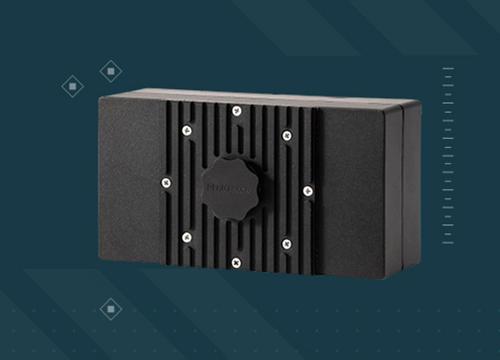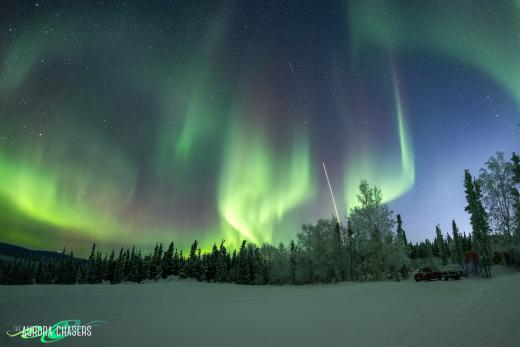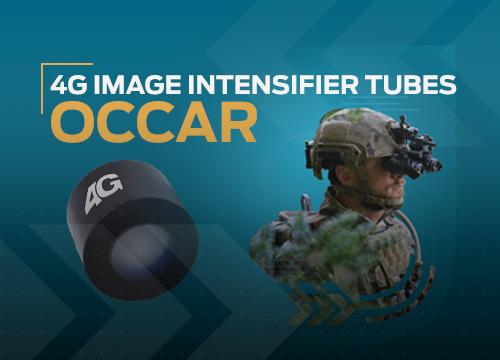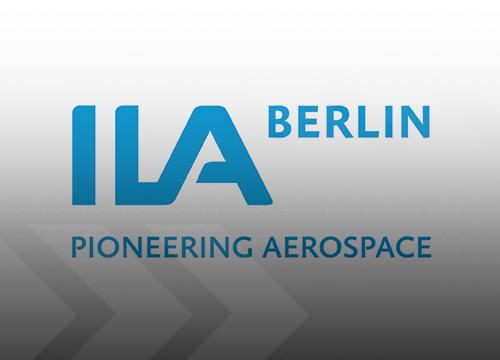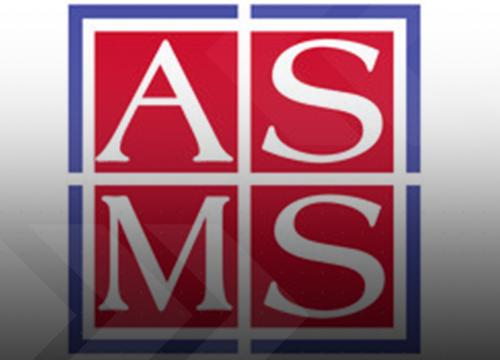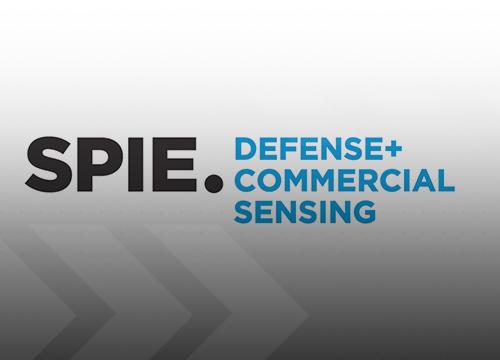Company Designed Custom Microchannel Plates for the GOES-R Orbiter
Sturbridge, MA – PHOTONIS USA has again provided custom and highly sensitive detectors for space applications, this time as part of the Geostationary Operational Environmental Satellite (GOES) system, a series of geosynchronous orbiting satellites that are used for weather forecasting, storm tracking, meteorological research and the monitoring of space phenomena. PHOTONIS products are installed on the Space Environment In-Situ Suite (SEISS), which is monitoring the space environment to identify solar flares and electromagnetic radiation that could affect radio communications. The GOES-R is scheduled to launch on 4 November, 2016.
Solar flares and other sudden and intense bursts of electromagnetic radiation can disrupt long range radio communications and interfere with GPS, radars and other frequency-based communication devices. They can also damage communications satellites, spacecraft and the astronauts who may be on board. The GOES system can identify and classify the intensity of such phenomena so that precautions can be taken in advance of a predicted impact to minimize its disruptive or damaging effects.
PHOTONIS partnered with Assurance Technologies, who designed and engineered each one of the five instruments on the SEISS sensor. Together, the SEISS sensor will provide data to the National Oceanic and Atmospheric Administration (NOAA) to assess, forecast and alert radiation risks.
PHOTONIS has a long history in providing custom microchannel plates and other sensitive detection components to analyze a wide range of space phenomena. It exclusively provides a low noise glass option that provides a dark count that approaches the background level of cosmic rays, making it ideal for space observation. The company has won previous awards from NASA for other missions and continues to manufacture components for a wide range of other space missions in several countries.
For more information about GOES Mission : https://www.nesdis.noaa.gov/our-satellites/currently-flying/geostationary-satellites
